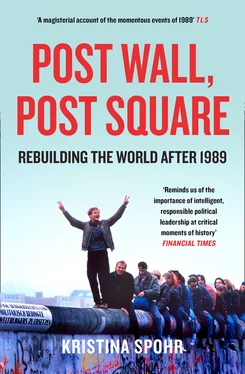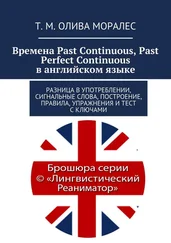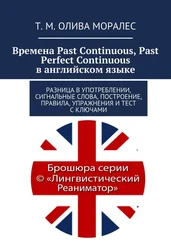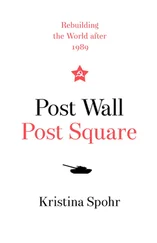By the mid-1980s, however, overshadowed by Gorbachev, the aged Hungarian leader had passed his sell-by date. Certainly that was the view of the younger generation of his party who were keen to embrace the new ideas and dynamism emanating from the Kremlin. Kádár had lost the appetite for change, rather like the Moscow gerontocrats from the Brezhnev era in the early 1980s. During 1987 Kádár tried to shore up his own position as party secretary by appointing to the premiership Károly Grósz, a party functionary with conservative credentials. But Grósz defied Kádár and sided with the reform faction, whittling down state controls and subsidies and encouraging private entreprise. In a climate of slackening financial discipline Hungary acquired the highest per capita debt in Eastern Europe.[28]
Amid the deepening crisis, dissidents grew in confidence, creating with the acquiescence of the party a profusion of opposition groups. It was these new political forces that increasingly set the political agenda. In response, communist reformers defeated the conservatives and replaced Kádár as party general secretary with Grósz at a special party conference in May 1988; the young economist Miklós Németh took over as prime minister from Grósz in the autumn. The strategy of the reformers – like that of their Polish counterparts – was for the party to retreat and renew itself without relinquishing control. As in Poland, these hopes would prove illusory. Hungary would become the bloc’s second domino.
By February 1989 the government’s attempt to co-opt the opposition had failed. What emerged was a kind of competitive cooperation. Many of the opposition groups had evolved into political parties and the Communist Party felt obliged to declare its support in principle for Hungary’s transition to a multiparty democracy. Indeed the party soon abandoned the formal Leninist principle of ‘democratic centralism’, which had legitimised its monopoly on power. Within this fraught political process, historical memory also played a part.[29] The 15th March was traditionally Hungary’s national day – commemorating the outbreak of the abortive nationalist revolt of 1848 against the Austrian empire, which had eventually been crushed by troops of its ally, the Russian tsar Nicholas I. During the communist era, all celebration of that day had been banned for fear of generating anti-Russian protests, but in 1989 the reformist government – hoping to appease the opposition through a collective commemoration and thereby garner credit for its current political course – declared that 15 March would again be a national holiday. However, the government-sponsored event on the steps of the National Museum was dwarfed by a throng of no less than 100,000 people who took to the streets that morning to re-enact 1848.[30]
In this heady atmosphere the regime’s opponents felt emboldened to form an opposition round table (ORT). Eight of these came together, seeking to unify around a clear negotiating strategy in the face of the regime’s own reform agenda. This seemed essential in order to give Hungary’s opposition the same kind of weight and influence as Solidarity had achieved in Poland. After some weeks of haggling about how to conduct the talks, negotiations between the ORT and the government began in earnest on 13 June, and then in secret (again unlike Poland).[31]
Three days later, on 16 June – the thirty-first anniversary of Imre Nagy’s execution – the opposition disinterred his remains and finally gave him and several other prominent figures of the 1956 revolution a public funeral in Heroes Square in the centre of Budapest, amid crowds that even the government admitted topped 200,000. The whole funeral was screened on state television, and was attended by four reformist members of the ruling Communist Party, led by Prime Minister Németh. Not that it did them any good. A twenty-six-year-old spokesman for the ‘Federation of Young Democrats’ by the name of Viktor Orbán paid tribute to Nagy as a man who, though a communist, ‘identified himself with the wishes of the Hungarian nation to put an end to the communist taboos, blind obedience to the Russian empire [ sic ] and the dictatorship of a single party’. Gesturing at the four communist leaders present, he continued scathingly, ‘we cannot understand that those who were eager to slander the revolution and its prime minister have suddenly changed into great supporters and followers of Imre Nagy. Nor can we understand that the party leaders, who made us study from books that falsified the revolution, now rush to touch the coffins as if they were charms of good luck.’ A note of malice had crept into the proceedings: Orbán’s remarks signalled a sharp rejection of the reform-communist narrative of managed transformation and national reconciliation, and it anticipated the spirit of resentment and the purge mentality that would come to suffuse Hungarian politics.[32]
Nagy’s reburial catalysed strong anti-Soviet, anti-communist nationalism at the grass roots – rather like the papal visit to Poland, but in this case through memory politics instead of religious fervour. Both of these political transformations were largely shaped by specific national experiences, and were also contained within national boundaries. Yet they occurred at much the same time and each fed on and into the other. What was happening in both Poland and Hungary represented extrication from dictatorship through the creation of new institutional structures for new regimes. In addition, there was also a wider diffusion of revolutionary ideas,[33] even beyond Eastern Europe. Indeed it is telling that the conservative hardliners in Beijing likened this to a contagion emanating from Poland and Hungary.[34] In due course the ‘disease’ of economic reform combined with political democratisation[35] would spread as the year went on, infecting the bloc from Estonia on the Baltic coast to Bulgaria on the shores of the Black Sea.
But contagion affecting a plethora of communist states was not the only dynamic of 1989. In one of these countries, Hungary, reform had the power to act as a solvent for the whole Soviet bloc and indeed for Cold War Europe itself.
*
This became clear on 27 June 1989, in a graphic image that rapidly made its way around the globe: two men, smartly dressed in business suits but standing in open country, wielded bolt cutters to nip holes in a rusty barbed-wire fence. The duo – Hungarian foreign minister Gyula Horn and his Austrian counterpart Alois Mock had travelled specially to the Austria–Hungary border to send a deliberate signal. Side by side, cutting through the wire fence, they seemed to be conveying the good news that the division of post-war Europe was coming to an end.
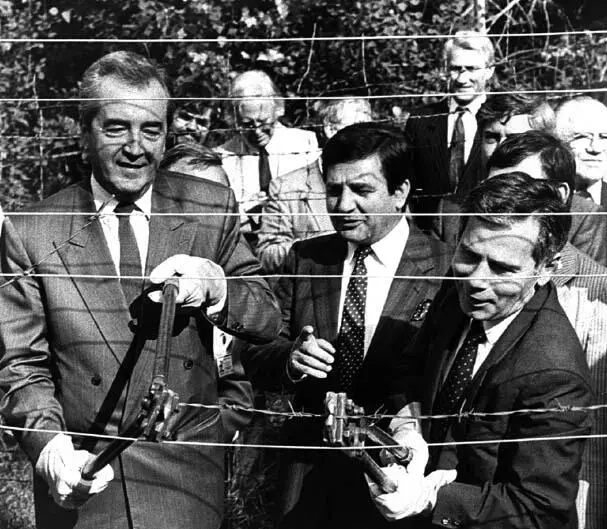
Horn and Mock cut the Iron Curtain
It was, of course, something of a public-relations stunt. When Horn proposed the fence-cutting ceremony, Németh jokingly replied: ‘Gyula, do it, but hurry up – there isn’t much barbed wire left.’[36] In reality, the two governments had started to remove the border installations, including watchtowers and alarm system, on 2 May and the actual decision to do so dated back to the end of 1988 when Németh, as part of his package of reforms, had scrapped the budget for the maintenance of the whole decrepit system. The alarm was still going off – around 4,000 times a year, but mostly caused by rabbits, deer, pheasants and the occasional drunk. The bankrupt government did not have the money to repair it and, in any case, earlier that year travel restrictions for Hungarians had been lifted entirely: twelve months on, by the end of 1988 6 million Hungarian tourists had travelled abroad, mostly to the West.[37]
Читать дальше
